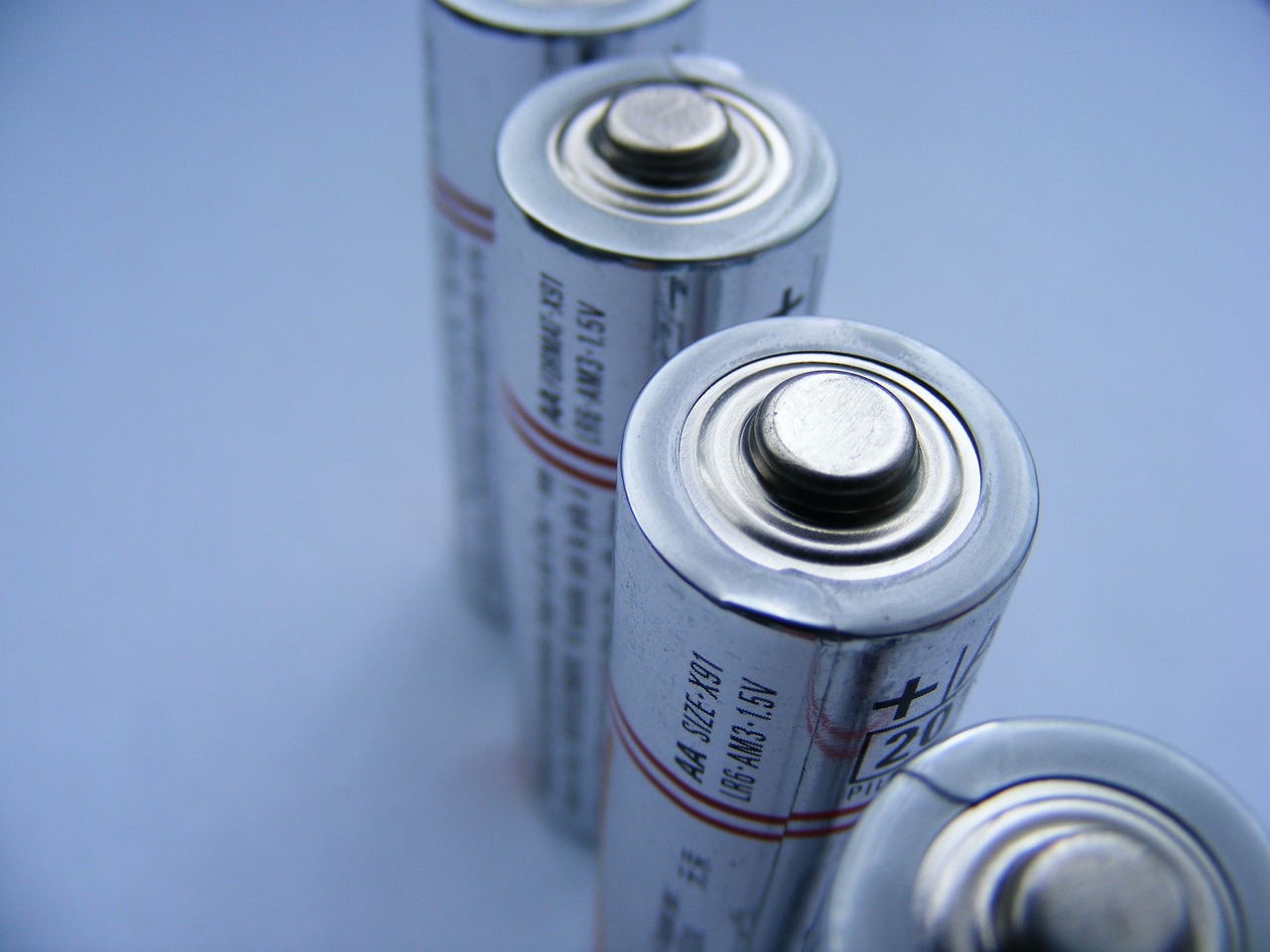This post is also available in:
 עברית (Hebrew)
עברית (Hebrew)
China has made a major stride in hypersonic flight technology with the successful testing of a newly developed engine, capable of reaching an astounding Mach 16. This milestone, achieved in a series of tests conducted at the JF-12 shock tunnel in Beijing, marks a significant step in China’s ambitions to advance hypersonic propulsion. The researchers’ report has been published in the Chinese Journal of Experiments in Fluid Mechanics.
The engine in question, an oblique detonation engine (ODE), uses conventional RP-3 kerosene jet fuel and operates at speeds far beyond traditional scramjets. The tests were performed at the JF-12, one of the world’s largest and most sophisticated shock tunnels, located at the Institute of Mechanics within the Chinese Academy of Sciences (CAS). This facility replicates the extreme conditions encountered during hypersonic flight, allowing for precise testing of cutting-edge aerospace technologies.
According to South China Morning Post, the ODE demonstrated combustion rates that are 1,000 times faster than those of standard scramjets, with speeds reaching Mach 16, equivalent to approximately 19,756 km/h. However, due to power limitations of the test environment, the engine was only able to sustain speeds of Mach 9 for a brief 150-meter distance, with a test duration of just 50 milliseconds. Despite the short time frame, this was enough to gather valuable data on the ignition and overall performance of the engine under hypersonic conditions.
A key feature of this engine is its design, which allows it to harness shock waves for improved combustion, unlike traditional scramjets, which are prone to flameouts at such high speeds. The researchers incorporated a small 5mm bump on the engine’s combustor wall, triggering a self-sustained shock wave that enhanced the engine’s thrust.
Additionally, the ODE features a combustor that is 85% shorter than that of typical scramjet engines, offering significant reductions in weight. This design change could lead to longer flight ranges for aircraft using this technology. To overcome the challenge of ignition delays associated with RP-3 kerosene, the fuel was pre-compressed to extreme temperatures of 3,527°C before testing, a technique that helped boost the engine’s overall performance.
China’s successful tests signal a promising future for hypersonic aviation, with potential applications in both military and civilian sectors, including hypersonic missiles and drones. As the global race to develop hypersonic weapons and aircraft intensifies, China is rapidly advancing, leaving other countries to follow suit in the race for faster-than-sound flight technologies.


























